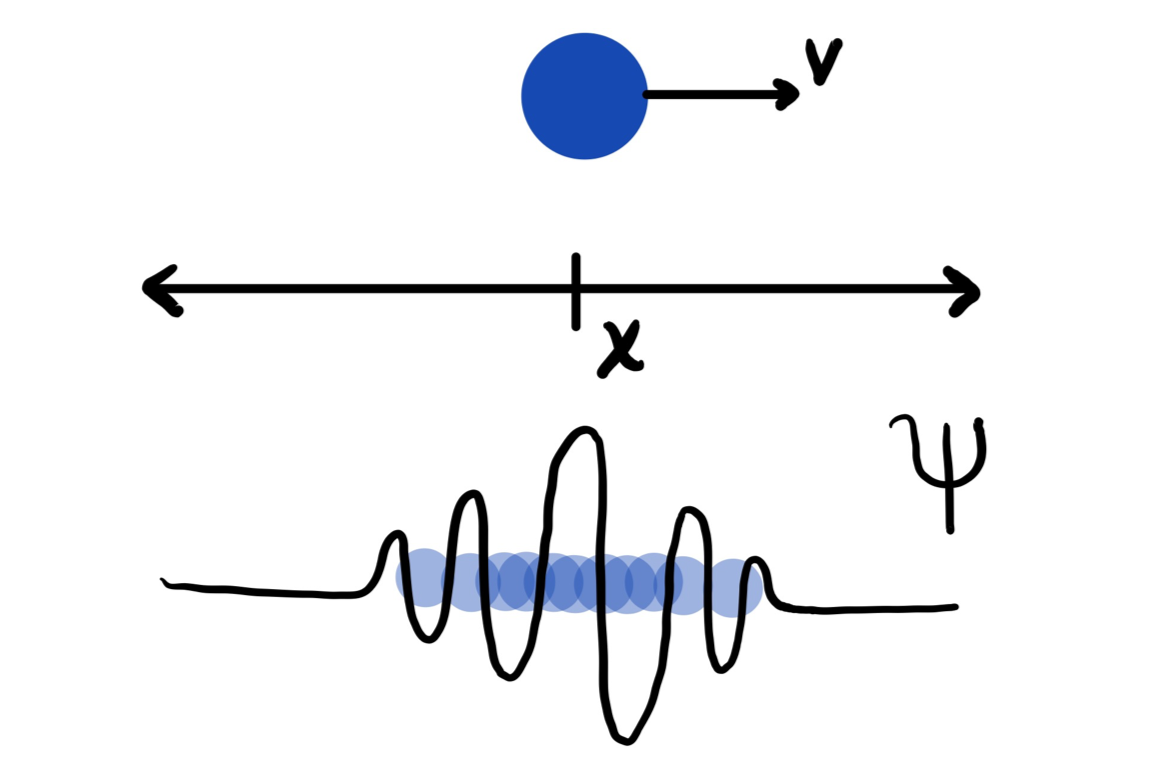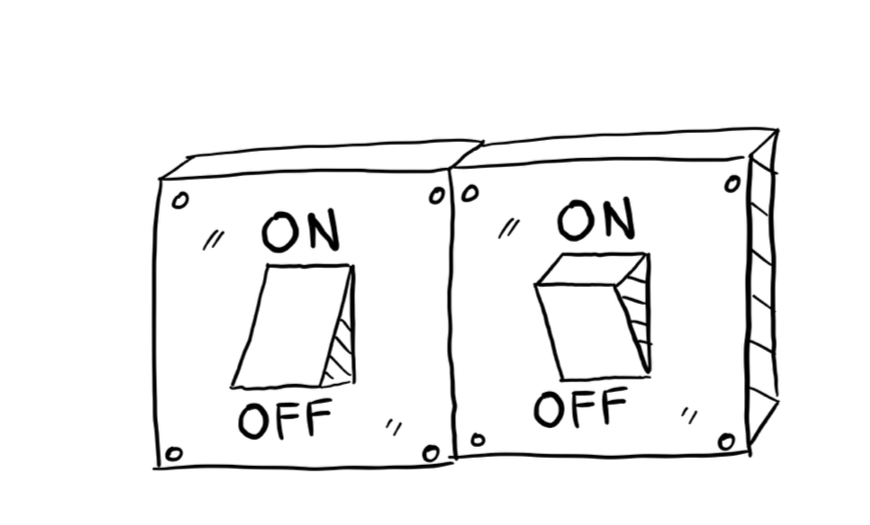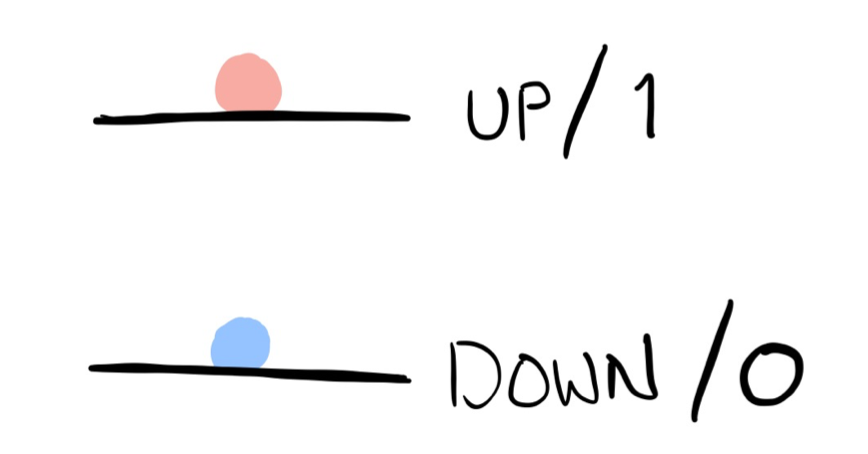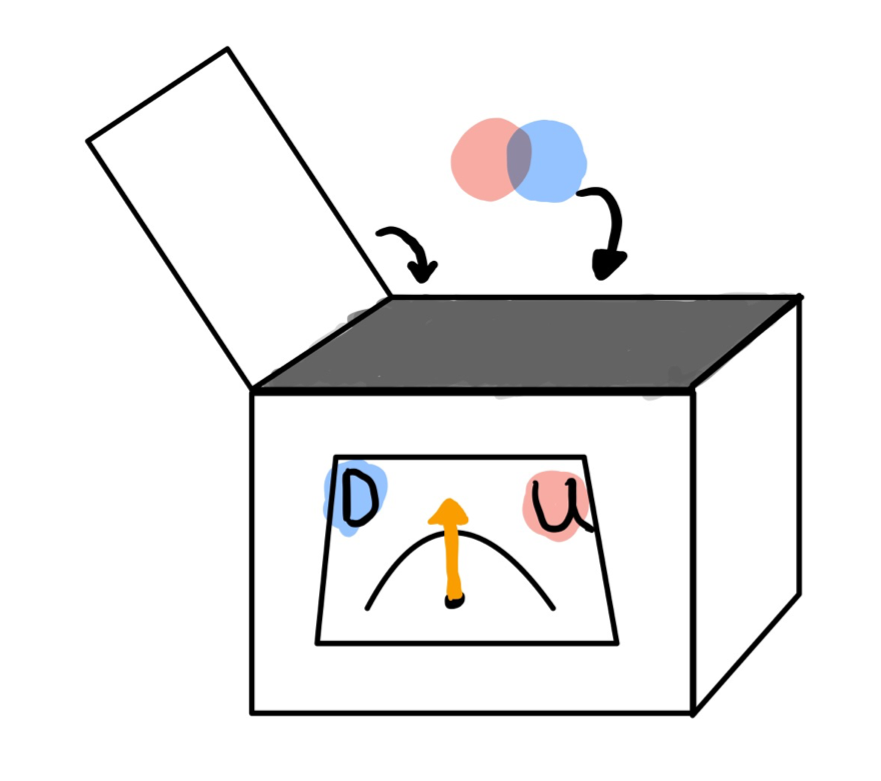
A Nite out
Last year, when it was safer and easier to go grab a pint with friends, I headed downtown to watch one of my friends and lab mates, James McFarlane, give a talk about his research in computer assisted drug design at an event called Nerd Nite. Held monthly in the Victoria Events center, a cozy upstairs bar with a small stage, Nerd Nite gave academics like James, as well as adventurers, artists, and curiosity seekers to talk, often with beer in hand, to a friendly crowd about their work. I really admired James, who was in the last term of his PhD at the time, for being able to explain his complex research so clearly to a general audience. It seemed like a daunting yet productive exercise. If he could explain his research topic thoroughly, but also at a level suitable to non-specialists and even non-scientists, he must truly have a great command over his material.
Feynaman on Teaching
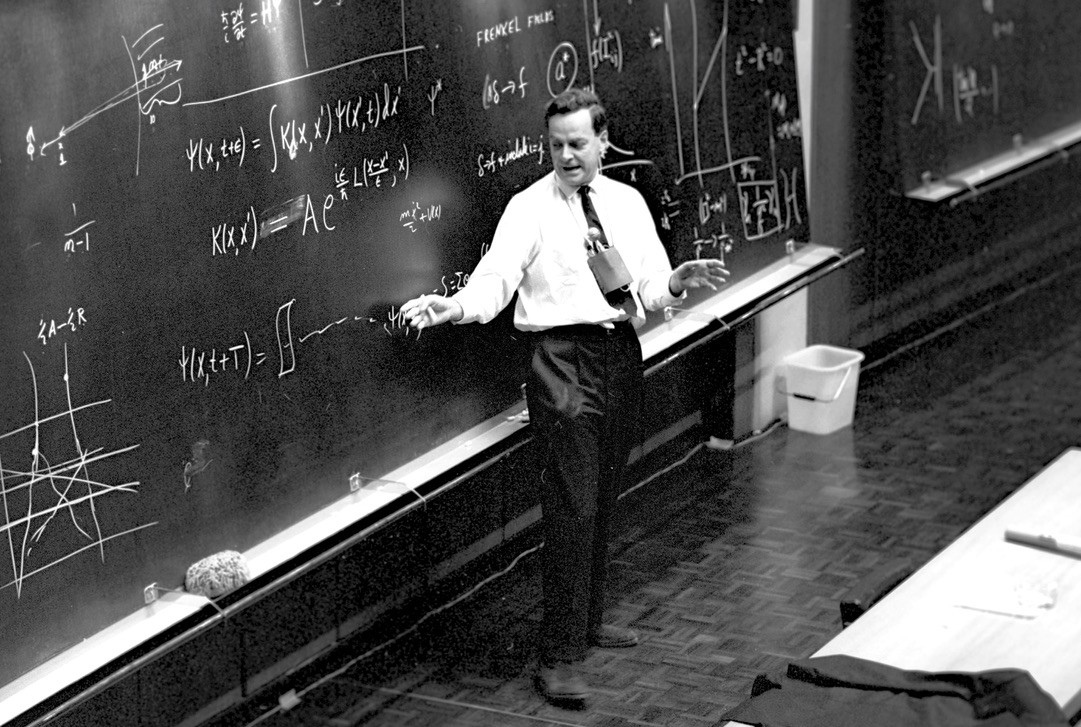
It turns out that Nobel Laureate and Cal Tech professor Richard Feynman had a similar belief. As told by Feynman's collegue David L. Goodstein in the book "Feynman's Lost Lecture: The Motion of Planets Around the Sun":
Feynman was a truly great teacher. He prided himself on being able to devise ways to explain even the most profound ideas to beginning students. Once, I said to him, "Dick, explain to me, so that I can understand it, why spin one-half particles obey Fermi-Dirac statistics." Sizing up his audience perfectly, Feynman said, "I'll prepare a freshman lecture on it." But he came back a few days later to say, "I couldn't do it. I couldn't reduce it to the freshman level. That means we don't really understand it."
Feynman suggests that if you truly understand something, you should be able to explain it to an audience with less experience in terms they understand. This requires that you not merely regurgitate definitions but reformulate your understanding of the topic in terms of the knowledge base of others--no easy task! To do so, you need to break down complex ideas to their essence and then reconstruct those in terms that are mutually understood.
I tend to think a corollary of this is that the act of breaking down concepts to their essence also helps the instructor, and not just the audience, understand their ideas better. In fact, in searching for the source of Feynman's quote above, I came across countless blogs and advertisements for "The Feynman Technique", a method of learning material that begins with the exercise of trying to explain that material to a child (or a rubber duck?). I couldn't find a definitive answer to whether Feynman himself ever articulated this eponymous technique or if it was just the clever branding of others piggy-backing off Feynman's reputation as "The Great Explainer". Nevertheless, the central idea has generally held true for me when I am trying to learn a concept. I identify gaps in my own understanding when I try to teach it to others (and field their questions). But I've also devoted productive time to thinking through the concept deeply even before presenting.
An Invitation
At any rate, a few months after James's Nerd Nite talk, he became involved with recruiting speakers for the monthly events and reached out to ask if I had anything I wanted to present. I had recently begun learning about quantum computing in earnest as part of my chemistry research. In particular, my research supervisor is very interested in how quantum computing can be used to grow our computational chemistry toolbox. After attending some lectures on the topic, I was taking a university course on quantum computing and starting to get a handle on at least the very basics. So I set out write a roughly 20 minute talk about these basics. I hoped to give the audience a sense of why quantum computing was becoming such a buzz-word, and why us chemists in particular are so excited about it. In the process, I hoped that I could put the Feynman technique to the test, hopefully gaining a better understanding of quantum computing basics as I set out to tell others about them.
Preparing a Talk
It turns out that just prior to James's invitation, I had gotten a little practice on presenting quantum computing. That semester, I was a teaching assistant for an undergraduate chemistry course on quantum mechanics. For one of the classes, the professor, who also happened to be my research supervisor, asked if I would give a lecture on quantum computing. She had recently explained quantum superpositions and entanglement, topics which often accompany any introductory explanation of quantum computing, and felt like a bit of applied learning would be nice. In my lecture, I walked the class through some explanations of qubits as two-level systems, Bloch sphere rotations, and entanglement. We finished up with some hands-on demos using the IBM Quantum Experience.
I really enjoyed this experience and learned a lot, but I knew that a talk a general public audience at Nerd Nite would need to be very different than one to a group of third year chemistry students who had been studying quantum mechanics for two months. I did think about this a good deal, but I admit the choices I made for how to structure my talk were mostly just based on intuition and by no means based on hard research into cognitive science or education. So while I describe my approach, please don't take it as prescriptive for how a talk should be given! With that disclaimer out of the way, here are a few of the ideas I used to guide the preparation of my talk and approach it differently than I had with the lecture I gave.
More Doodles
For one, I decided I should make ample use of graphics. I had a lot of fun--and spent way too much time--doodling pictures that I felt would be informative enough to explain and yet cartoon-y enough to keep the audience engaged.
Start From Common Knowledge
I also tried to structure the talk much differently, hoping to draw on what I assumed would be shared knowledge with the audience. In my lecture to undergraduate students, I tried to begin the discussion from the common understanding we had built up over the semester about superposition states and entanglement. At Nerd Nite, I tried to base the discussion on a comparison with the computers most were familiar with, like the cell phones in their pockets.
Give Context
On top of that, I did my best to try to put the development of quantum computing in its historical context. I didn't care so much whether my audience came out being able to explain how to entangle qubits. But I did want them to understand why the fact that we can do so is exciting, and what historical developments these achievements rested on. I also hoped that relating quantum computing to a historical figure that everyone knew, like Albert Einstein, would help ground the discussion a bit. I also tried to finish with a sense of where the technology could take us in the future, offering some examples of research topics that might benefit from using quantum computers.
A Pinch of Humor
Finally, I did my best to incorporate some humor. I don't think that I have much of a comedic sense, so I didn't want to lean on this too heavily. But a little levity, I felt, would be nice when even saying the word "quantum" seems to shut some people off (I learned this from previous conversations I'd had with my mom about the topic)
The Big Nite
The night of went off with only a couple of hitches. I had slept very little the previous night (I may have procrastinated in finishing my talk) and had never given a talk to a general audience, or really to anyone other than my classmates. While I didn't feel extremely nervous, I know that my voice was shaking and palms were sweating, but I got through it. Aside from one moment where my slide show was interrupted due to a technical difficulty, I was able stick to the talk as rehearsed. There were a few laughs, some great questions by the audience, and a couple pints of beer to rehydrate after a bit of a draining talk.
Takeaways
On the whole, presenting at Nerd Nite was a great experience for me. I know there are a million TED talks and other videos introducing quantum computing all across the internet, most of which probably do a much better job than mine. Still, I am very grateful for the opportunity that Nerd Nite gave me, and I think that trying to explain the topic of quantum computing to others really did help me learn more myself. With that said, I know I still have gaps in my understanding of even the basics, which this talk helped me identify. Not to mention the vast swaths of still completely foreign territory in quantum computing once I begin to dive a little deeper. I look forward to learning more, and I hope that I can continue to use both public speaking and other opportunities like presenting my research within the chem department or at conferences to both share what I have learned and solidify my own grasp of it. Check the video below for a recording of my Nerd Nite Talk!
